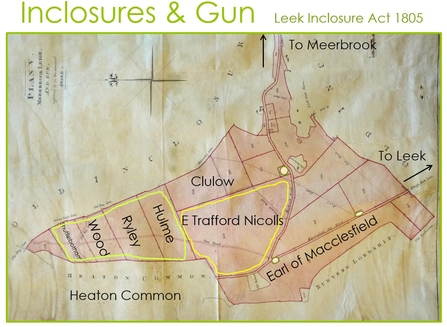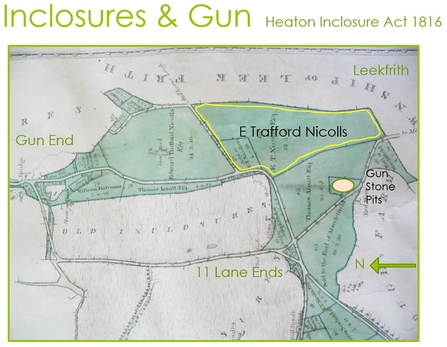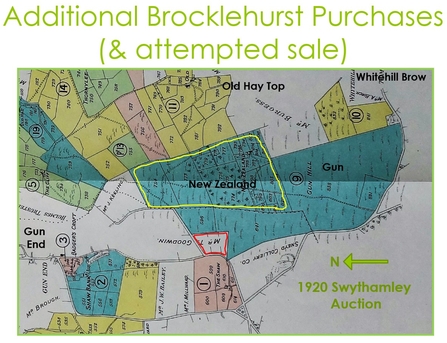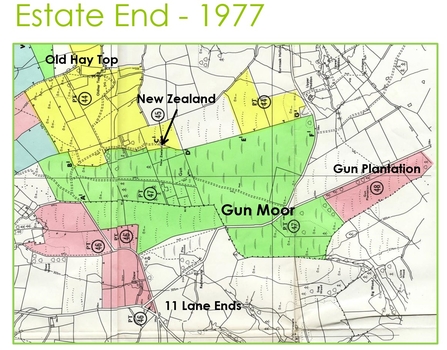Back in the days of William the Conqueror much of the forests around Macclesfield and Leek became the hunting reserve of the Earls of Chester and this area included Gun Hill (now Gun Moor Nature Reserve).
Around 1214 Earl Ranulf decided to save his soul by founding an abbey just outside Leek, Dieulacres Abbey. About 15 years later he granted Dieulacres extra land and some of this was on Gun. On its slopes the monks were able to graze their sheep and around the top they hunted small game. After the dissolution of the monasteries under Henry VIII, much of the land on Gun Hill became common land where the locals could let their animals roam. A couple of significant roads also crossed the moor; the ‘Great Road’ was a long-distance drovers’ road from Chester to Derby and a packhorse track, the ‘Trusseway’, connected Macclesfield and Leek – and it was along this latter road that Bonnie Prince Charlie’s army passed in 1745 on his way to Derby.





